In this comprehensive blog, let us know in detail about Risk management in intradayscreener and swing trading but before that let us understand Risk management.
Table of Contents
What is Risk Management?
Risk management in trading is the process of identifying, managing and controlling the risk related to any trade.
To be able to manage the risk effectively would simply mean that one is able to control as much as possible the future outcomes of the event.
We might not be able to completely nullify the risk associated with the trade but, we might be able to minimize the impact of it.
Intraday trading is often much riskier than long term trading or even swing trading. In Intraday trades, you have to take double the precautions and steps to mitigate risks as compared to any other form of trading.
While you cannot avoid losses completely, you can still be built your trading framework in such a way that any loss does not destroy the foundation of your trading plan.
There are many risk management factors that you can include in your trading plan to ensure you do not risk everything in the markets.
Suggestions: Using the Intradayscreener app, you can easily find the best stock to trade in the stock market
Risk Management in Intraday and swing trading: Factors and Strategy
• Planning your Trades
• Putting Stoploss at Right Points Before Entering the Trade
• Using Trailing Stoploss as Your Profits Go Up
• Diversifying Your Trades Across Sectors and Segments
• Hedging and Buying Downside Put Options or Upside Call Options
Let us know about the above points in detail.
Planning your trades
Even before you enter the markets or set your stop losses and targets, you need to plan your trade on a piece of paper.
You have to decide a lot of things like which stock you need to trade in, how much you can afford to invest, how much risk can you take and then comes the step of fixing your entry point and exit points- both stop loss and target.
Never enter a trade without understanding all factors associated with it. Always keep in mind all your limitations, and the market conditions before finally buying or selling stock in intraday trading. This will help you in minimizing your risk to a great extent.
Putting stop loss at right points before entering the trade
The importance of placing a stop loss in intraday trading simply cannot be overstated.
Stop-loss is one of the most important tools for mitigating potential risks and losses.
A stop-loss is an order which you place in the price direction opposite to your desired price direction so that your losses are restricted.
A stop loss should be placed at the same time as entering the order so that you already know your maximum possible loss, in case of one.
“Note: It is recommended that you always need to follow a 2% risk-reward ratio, to minimize your losses.”
Also Check: Recent post on What are Exchange-traded funds? How does ETFs work?
Using trailing stop loss as your profits go up
While a stop loss is a fixed level at which you exit your position to cut your losses, a trailing stop loss is used when you want to make sure that the profits you earned do not get washed off due to any sudden volatility.
A trailing stop loss is when you start earning profit and want to lock in the earned profits if suddenly the markets start moving in the opposite direction.
Diversifying your trades across sectors and segments
Diversification of your invested amount across different sectors is very crucial. If any sudden news affects the performance of one sector and if all your holdings are in the same sector, then all your invested capital might be lost.
You must invest your money in stocks from different sectors so that any sudden volatility in one does not bring your entire portfolio down. It is like not keeping all your eggs in one basket.
Hedging and buying downside put options or upside call options
‘Hedging’ is a method of risk management that only the most seasoned of the players understands. An option is an instrument that gives you the right but not the obligation to buy or sell a particular stock.
You pay a relatively smaller amount of premium for getting this right and can utilize this right to buy or sell if markets move in that direction. There are two types of options: a put option and a call option.
A put option gives the holder a right to sell the security and a call option gives the holder to buy the security, within a fixed time duration. This time duration is called the expiry.
Example: If you have purchased shares of a company whose share prices are going up, but you want to mitigate your risk considering the situation that the share prices fall, then you can buy a put option for the same company, at the strike price below which you expect the prices to fall further.
If the prices do not fall, you can hit the target in your cash segment position and you lose your premium paid for the put option. On the other hand, if the prices fall and you start facing loss in the cash, you can use the put option to sell the stock at a falling price and buy it later to recover your losses incurred in the cash segment.
Risk Management in Intraday and swing trading – Conclusion
If you take the guidance and assistance of a registered investment advisor, you can get an idea regarding these above-mentioned methods of risk management.
Also, irrespective of your experience in the markets, if you are handling a big sized portfolio, it is extremely important that you utilize these methods of protecting your capital from unnecessary risks.





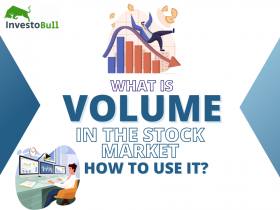
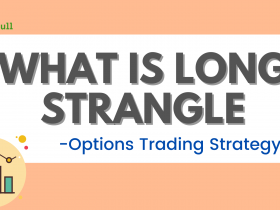
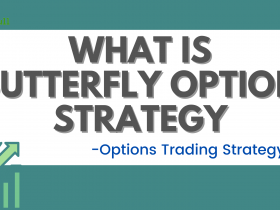


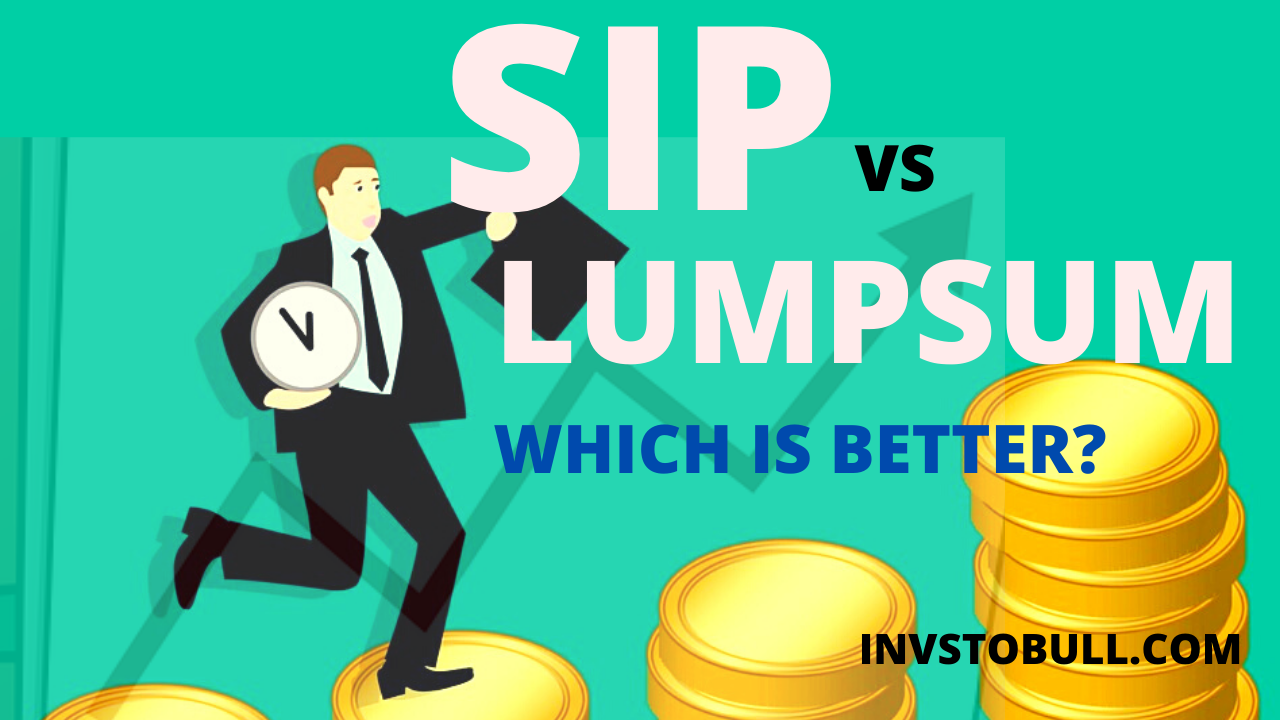
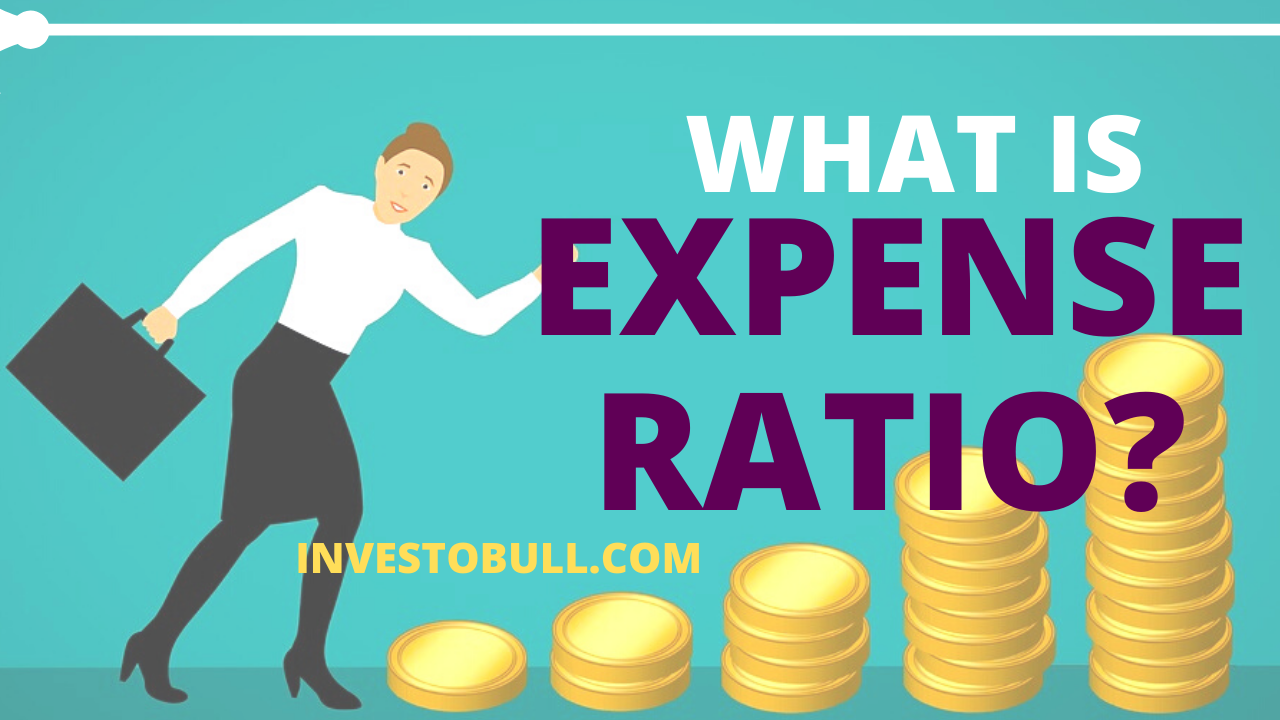

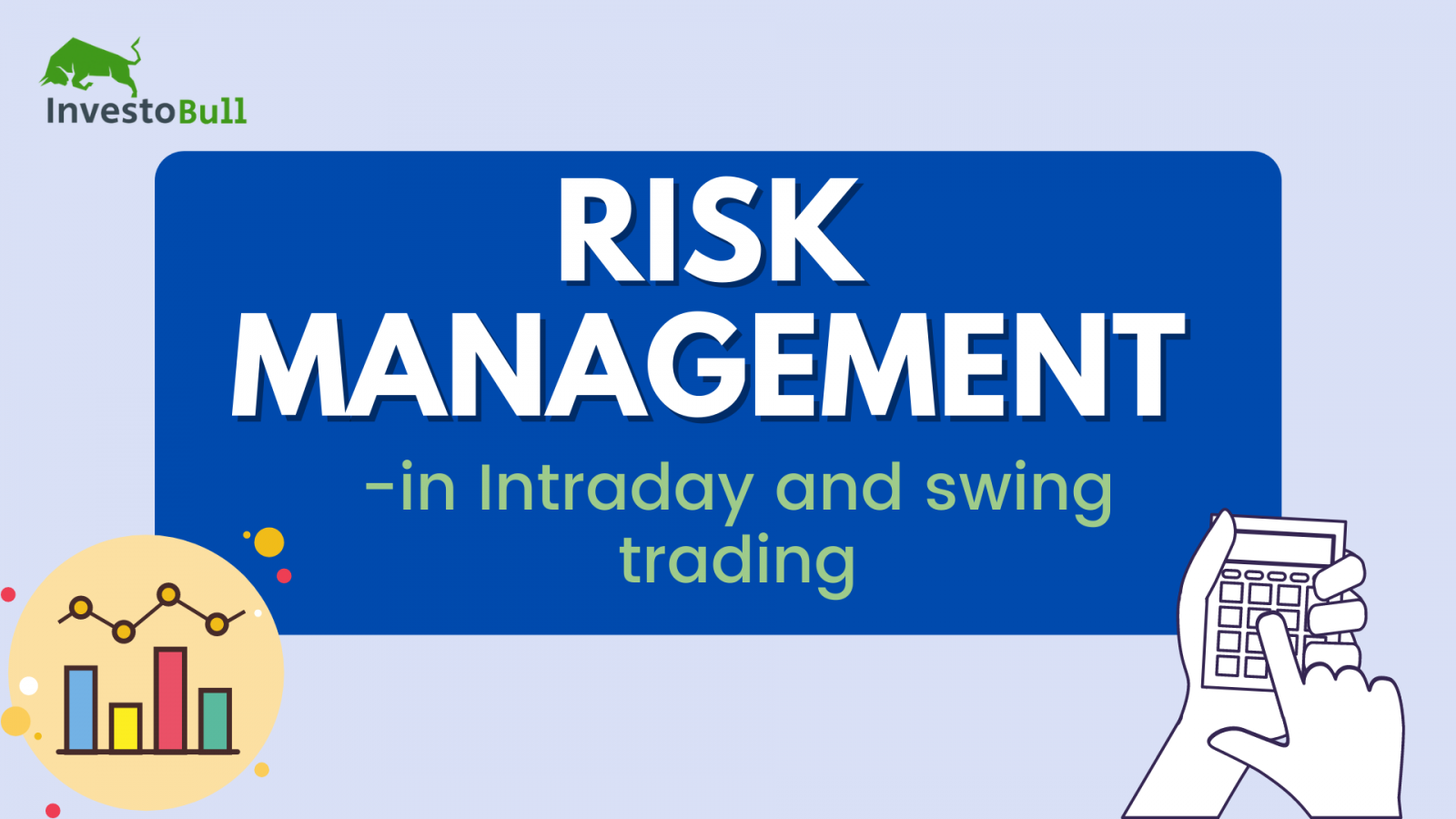
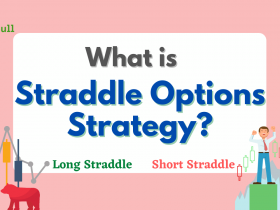

Leave a Reply